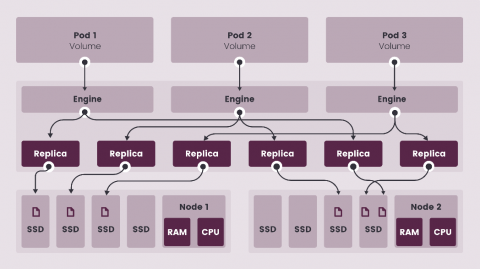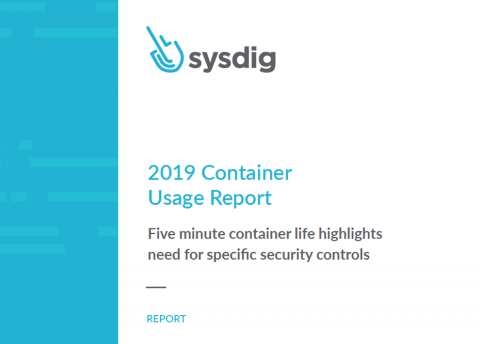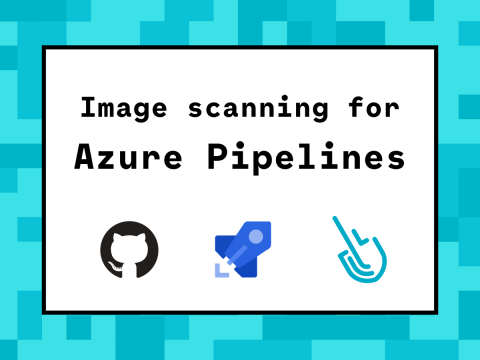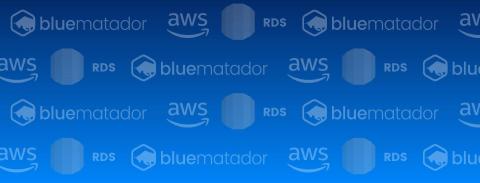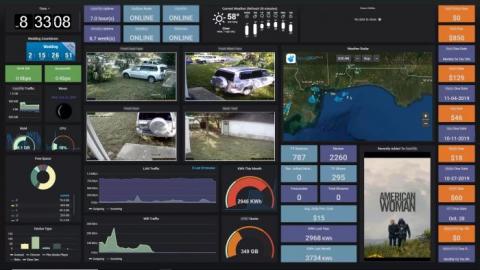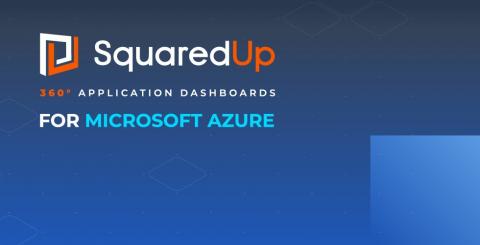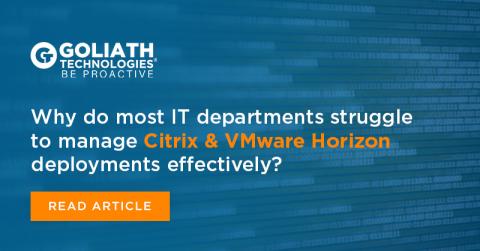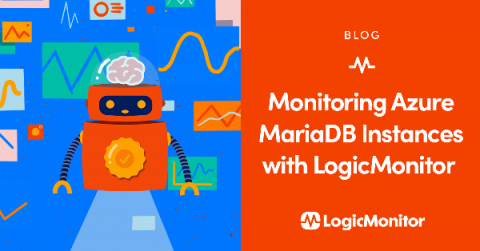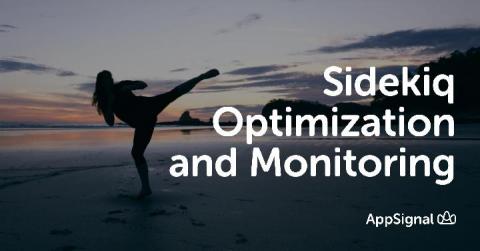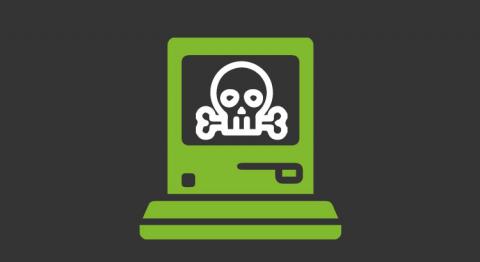Longhorn Accepted into CNCF
Today I am very excited to announce that Rancher Labs’ Project Longhorn has been accepted by the Cloud Native Computing Foundation as a sandbox project. Many Kubernetes users still find it challenging to run stateful workloads and manage persistent storage. Longhorn aims to help you manage stateful workloads in Kubernetes by providing a solution for persistent storage that you can easily deploy, use, and manage.


